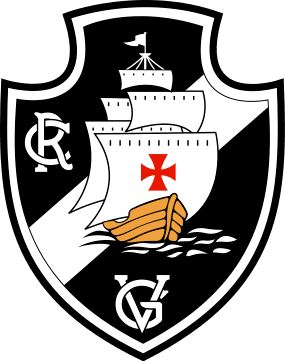CR Vasco da Gama Tryouts
Club de Regatas Vasco da Gama, also known as Vasco da Gama or simply Vasco, is a Brazilian professional sports club based in Rio de Janeiro, Brazil. The club competes in the Campeonato Brasileiro Série A, the top flight of Brazilian football.
Vasco da Gama Youth Development System
Vasco da Gama Academy
Known for having a “Fábrica de Craques” within its facilities, the Vasco da Gama Club de Regatas has stood out throughout its history for the training of players who marked an era in world football. Barbosa, Roberto Dinamite, Romário, Edmundo, Valdir Bigode, Carlos Germano, Felipe, Pedrinho, Hélton, Alan Kardec, Souza, Alex Teixeira and Phillipe Coutinho are among the faceted talents at Colina Histórica.
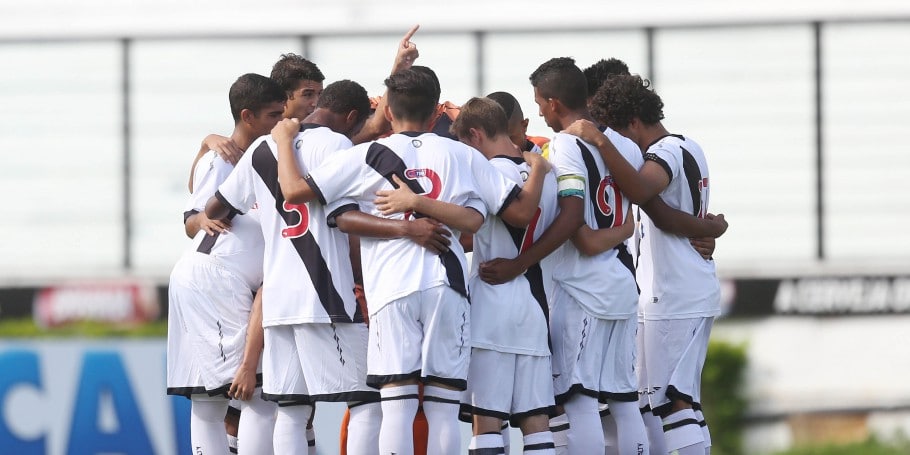
Teams in the academy include U20, U17, U16, U15, U14, U13, U12, U11, U10, U9, U8, U7, and U6.
Currently, this methodology is divided into three formations: initial, ranging from 6 to 10 years old. Basic training, from 11 to 14 and high performance training, from 15 to 20 years old. Futsal is worked in an integrated way from sub-6 to sub-12, with the same athletes participating in the training on the court and in the field. This methodology was passed on to everyone involved in the process: technical coordination, recruitment, Intelligence and Analysis Center, coaches, physical trainers, supervisors … everyone knows the game proposal.
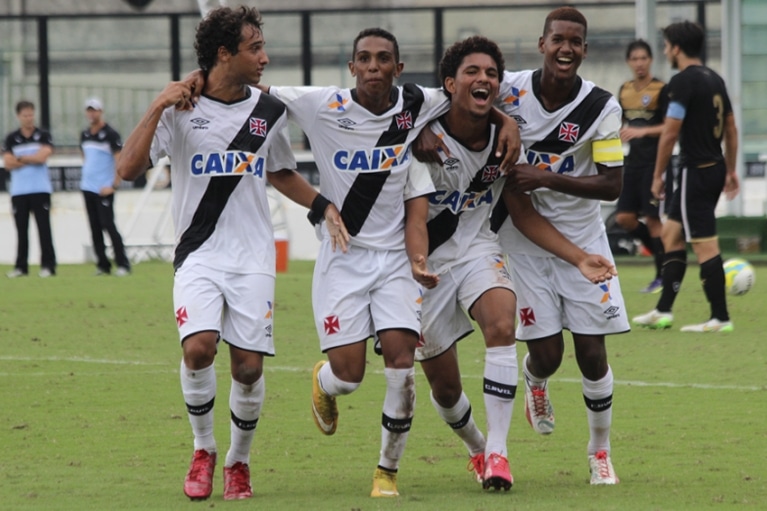
Vasco da Gama Academy Tryouts/Trials
Registrations:
Monday Opening hours:
9am to 12pm and 2pm to 5pm in São Januário.
Funding Selection Department (Base Building)
Tuesday, Wednesday and Thursday
Opening hours: 9am to 12pm in São Januário.
Funding Department (Base Building)Field Test: born between 2007 and 2008.
Test for Futsal and Field: Born between 2009 to 2015.
Women’s Football Test: Born between 2007 and 2003.
Contact Phone: 21 21767396
Fill in the online form by clicking HERE .
Email: [email protected]
Vasco does not give authorization to anyone to perform sieves / selective on behalf of the club. Only the official nuclei of the club are authorized for this work. The referral of athletes to the club for evaluation can only be done with authorization from one of the professionals mentioned below:
Witor Bastos – Funding Coordinator
Alexandre Falbo – Funding Coordinator
Please come back at a later date to check back on future academy updates.
EXPLORE MORE CLUBS!
Explore more professional clubs by continent.
Vasco da Gama History
The club is designated as a “sportive, recreative, educational, assisting, and philanthropic non-profit organization of public utility” according to its governing documents. They compete while wearing black shorts and black socks, black shirts with a white diagonal ribbon that contains a cross pattée, and black socks.
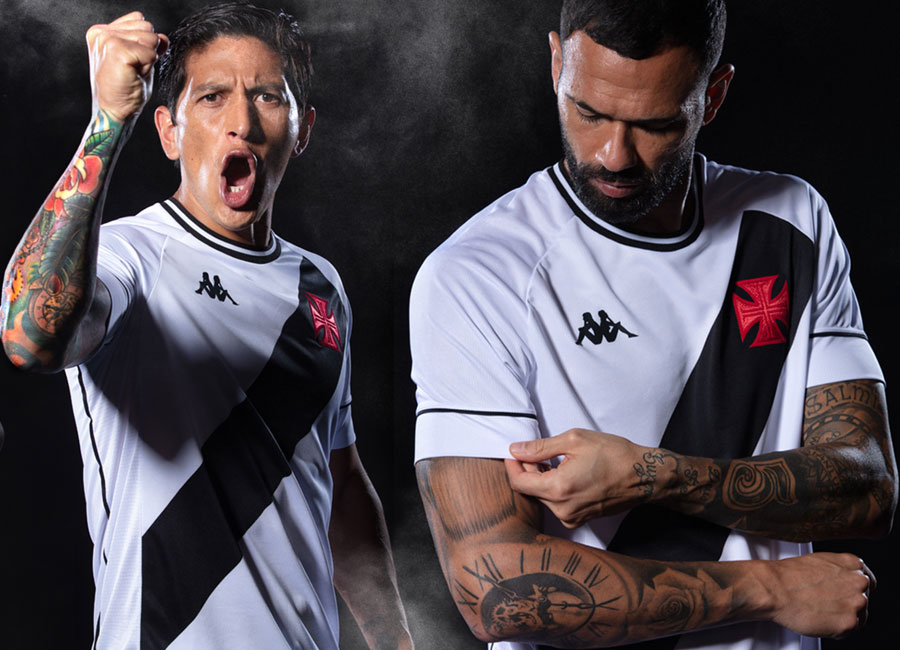
The club achieved international renown in the 1940s and 1950s by contributing to the formation of two of the best Brazilian teams in the history of the sport. And then, in the 1990s, for participating in two World Club championships.
Stadium
The Estádio Vasco da Gama, which is often referred to as the Estádio So Januário due to the fact that it is situated on a street with the same name, serves as the home field for the Club de Regatas Vasco da Gama. The National Historical and Artistic Heritage has placed a listing for the building’s frontage.
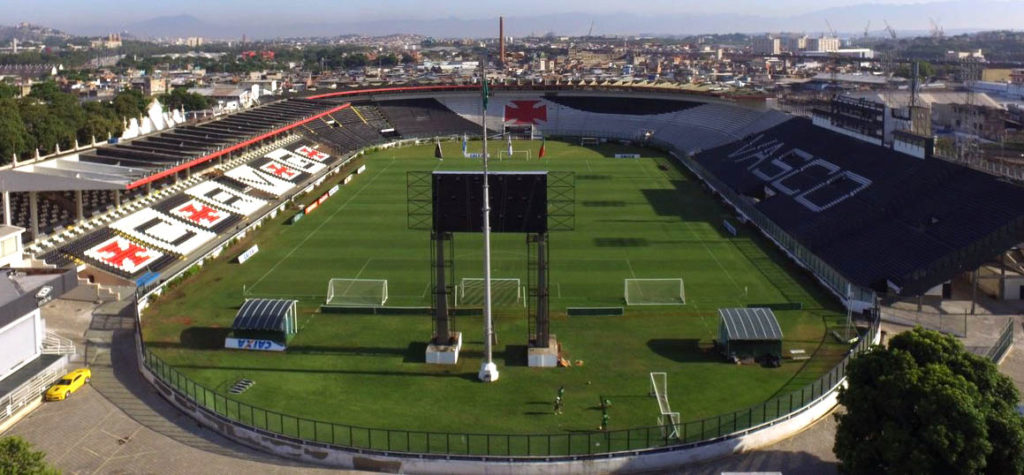
On a hill not far from the National Observatory of Brazil in Rio de Janeiro, Brazil’s Vasco da Gama district is where you’ll find this attraction. Because of its location, it is frequently referred to as Estádio da Colina, which literally translates to “Hill’s Stadium.” As a result of this, Vasco has earned the nickname “Gigante da Colina,” which means “Hill’s Giant.”
It is one of the few stadiums in the world designed specifically for association football that has team benches and coaching sections behind the goal line at the same end of the field. This makes it one of the rarest stadiums in the world. The stadium was inaugurated on April 21, 1927, with the participation of Washington Lus, who served as the president of Brazil during that time period.
The stadium had a capacity of 24,584 spectators. The first event to take place in the stadium was a match between Vasco and Santos, which ended in a victory for Santos. The stadium currently holds the title of being the most extensive privately owned arena in the state of Rio de Janeiro.
Crest
A faithful reproduction of what was done on Portuguese vessels during the time of the great navigations and the discovery of Brazil, the Cross of the Order of Christ in the caravel was depicted on the very first shield that was made in honor of Vasco da Gama in 1903.
This shield was made in the year 1903. A few years later, the Cross of the Order of Christ was replaced by another cross, which was believed to be the Cross of Malta, but which, in fact, was a Patte Cross or Cruz Patee, as it did not contain forked ends forming eight points, which is a characteristic of the genuine Cross of Malta, which is worn by the Order of St. John.
The Patte Cross was adopted as the official symbol of the Order of Christ. However, due to the fact that, throughout the years, the name “Cruz de Malta” was accepted for the insignia, and the epithet “cruzmaltino” was adopted for anything that involves the club, this visual confusion has not gone away.

This initial badge was modified until it took the definitive shape, around the 1920s, no longer circular, but in the form of a shield. However, the image of the caravel with the cross remained, the black background representing the unknown seas of the East, and a diagonal white stripe was inserted from left to right, representing the route discovered by the Portuguese navigator. In addition, the interlaced initials CR and VG appear, respectively, beside and below the image of the caravel with the cross

